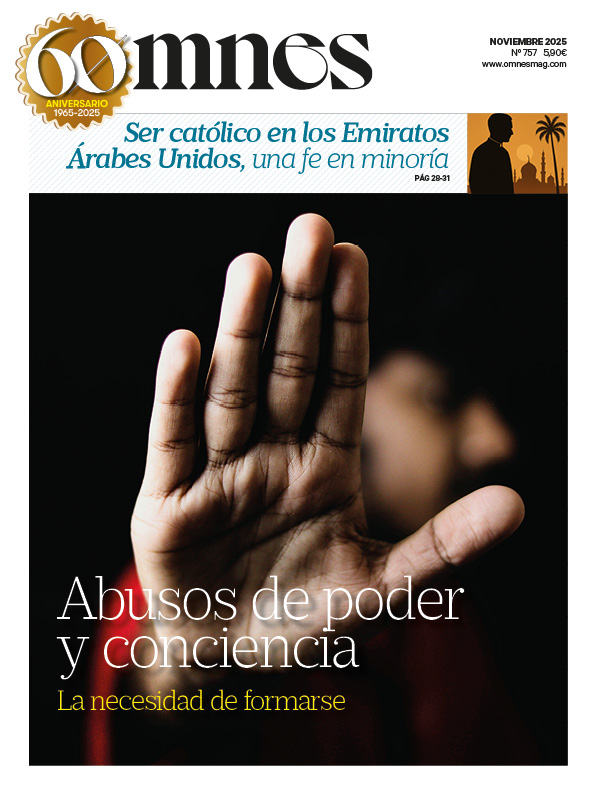The way of beauty, via pulchritudini, is a privileged and fascinating journey that opens to the brotherhoods to approach the Mystery of God, a beauty that becomes art, as in the altar of worship and musical accompaniment. The resulting work is charged with a meaning that transcends the immediate and everyday.
Sisterhoods therefore have an important task in the search for and proclamation of beauty. Nihilism, rationalism and relativism seem to have dulled our capacity to recognize Truth and with it Beauty, which is sought detached from Truth; however, there is great nostalgia for beauty in our world. Sisterhoods, which need beauty to recognize themselves as such, have the mission of recovering it. St. John Paul II in his "Letter to the Artists". explained that beauty is, "key to the mystery and a call to the transcendent. It is an invitation to savor life and to dream of the future. That is why the beauty of created things cannot completely satisfy, and arouses nostalgia for God", and added in his call to the artists, perfectly transferable to those responsible for the brotherhoods: "may your art contribute to the consolidation of an authentic beauty that, almost like a flash of the Spirit of God, transfigures matter, opening souls to the sense of the eternal". (n.16).
This is the sense of beauty that is manifested in its worship services, processions and all liturgical acts. The brothers need May the Beauty of Truth and Charity touch the innermost part of your hearts and make you more human. The brotherhood must contribute to return the world to God, that is the task that is imposed on the confreres who seek to establish the brotherhood on the pillars of theology and Christian anthropology.
We return to our Main Function, in which we leave the orchestra, choir and soloists singing the Kyrie of the Coronation Mass. Now it is understood that the Beauty of worship, of the liturgy, is the radiance of Truth, without Truth there is no Beauty. The manifestation of Beauty, of the pulchrumrehabilitates the Truth in us by experiencing a personal catharsis, more or less profound depending on our relationship with God, on our closeness to the Good and the Truth.
It is important to set up grandiose altars and to prepare the liturgical celebration in detail, always bearing in mind that the liturgical celebration is not limited to its external dimension, but is a theological event that demands the presence and action of the Trinity, in which the participation of the faithful is not limited to attendance and participation, but is prolonged in daily life.
If the doctrine of the Church on the liturgy is not kept in mind, one can easily fall, even with the best intentions, into the simple assembly of a spectacular choreography, and of course respectful, to which the faithful attend as spectators and which is exhausted with the end of it; but it is much more, all the rites that surround the celebration of the Holy Mass, on the day of the Main Function -and always- have, as the Magisterium says, a double dimension: on the one hand the real presence of the Trinity in the celebration of the sacrament of the Eucharist; on the other the participation of the faithful, through the Church, in that special and entirely perfect worship that Christ gave to the Father in his earthly life. This is what gives meaning to the altar of worship, what justifies the dalmatics and candlesticks, the timeliness of the readings, the measured movements, the incense, the lighted candlestick, the music, even the care of the brothers to be properly dressed. Everything contributes to the splendor and beauty of the act. Also the rigor in the fulfillment of the liturgical norms. The formal beauty of the Liturgy points to the beauty, truth and goodness that only in God have their perfection and ultimate source. In it the faithful are incorporated into Christ, as members of his Body, participating through the Son in the intimacy of the Father, by the action of the Holy Spirit, translating the Trinitarian mystery into human reality.
D. in Business Administration. Director of the Instituto de Investigación Aplicada a la Pyme. Eldest Brother (2017-2020) of the Brotherhood of the Soledad de San Lorenzo, in Seville. He has published several books, monographs and articles on brotherhoods.








